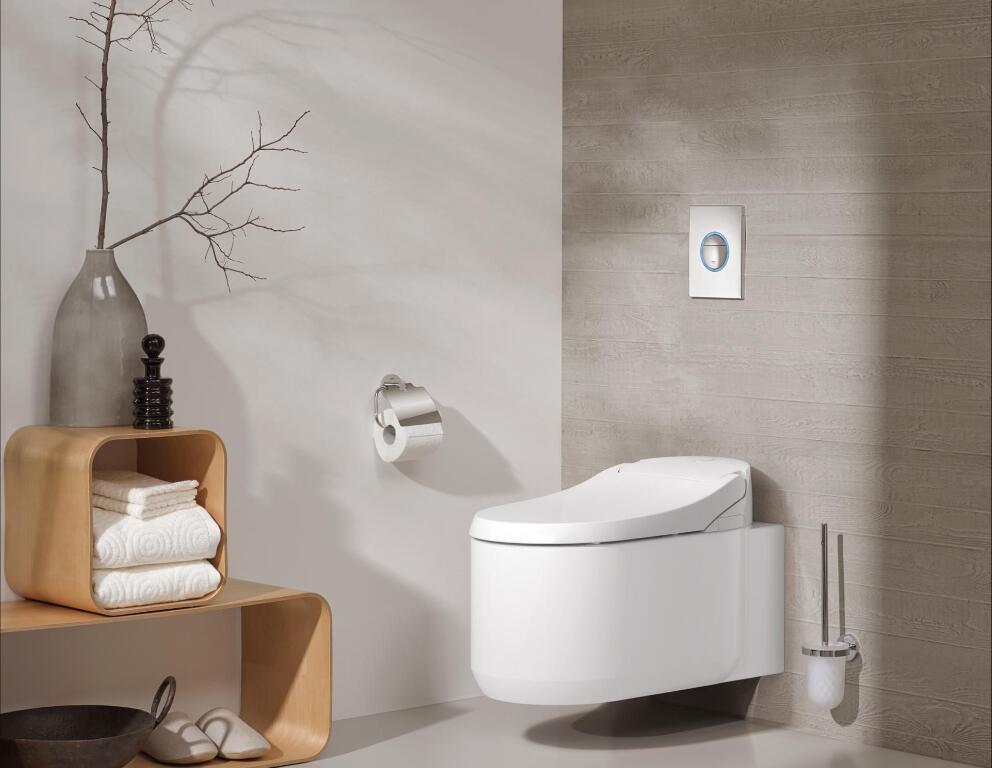Toilets have played a significant role in human civilization, providing essential sanitation facilities for personal hygiene and public health. The development of toilets has undergone fascinating advancements throughout history, addressing hygiene, sanitation, and environmental concerns. This article provides a brief overview of the development history of toilets, highlighting key milestones, innovations, and their impact on society.
Ancient Times:
The earliest known toilets were simple pits or trenches dug into the ground, commonly found in ancient civilizations, including those of the Egyptians, Greeks, and Romans. These early toilets focused primarily on waste disposal without much emphasis on privacy or hygiene.In ancient Rome, public toilets were simple, with a row of holes along the wall. What may surprise modern people is that the public toilets of ancient Rome were the social places of aristocrats. Everyone gathered here, while emptying the body inventory, while talking and laughing with the “toilet friends” beside them, and got a double physical and mental release.
Middle Ages:
During the Middle Ages, toilet technology saw limited progress. Castle and fortress designs often incorporated latrines, which were simple, open-seated toilets that emptied into moats or designated areas outside. However, these facilities lacked effective waste management systems and presented considerable health risks.
Naturally, aristocrats disdain to go to public toilets with ordinary people, so the toilet came into being.
In order to make pooping more comfortable, the toilet was also designed more and more advanced, with soft velvet instead of hardwood, and the princes and nobles had their own cubicles dedicated to the toilet, with special servants to dump.

Ancient toilet with soft velvet
Renaissance and Early Modern Era:
But then people found a new problem: how to solve the smell? Dig and bury? Use incense to cover it? A roomier home would be more bearable. If it’s a narrow room, you’re sharing a room with excrement all day.
The Renaissance period witnessed some advancements in toilet technology. In the 16th century, Sir John Harington, an English scholar, invented the first flush toilet, known as the “Ajax.” This innovation utilized water to flush waste down a drain, improving sanitation and reducing odors.
However, the British public at the time did not accept the invention, they still prefer to use the chamber pot.
Industrial Revolution:
The Industrial Revolution brought about significant changes in toilet technology. In the late 18th century, Alexander Cumming patented the S-shaped trap, preventing foul odors from entering the bathroom. Concurrently, Joseph Bramah’s invention of the valve-type flush toilet in 1778 further improved waste disposal systems.
In 1861, plumber Thomas Klepa improved the flush toilet and invented an advanced water-saving flushing system. Since then, human waste discharge has begun to enter the modern period. Later, the British government enacted a law requiring every house to install a proper sewage treatment system, and toilets became widely used.
Britain’s Queen Victoria even regarded a beautiful toilet as a symbol of status, and she asked craftsmen to customize a variety of exquisite toilets for her.

Queen Victoria’s own toilet
19th Century:
The 19th century marked a turning point in toilet development. In 1851, the Great Exhibition in London showcased the “Monkey Closet,” a water-flushing toilet design introduced by George Jennings. This event created considerable public interest and ignited a widespread demand for modern sanitation facilities.
In the 1860s, flush toilets became popular in Europe and the United States, and spread to Asian countries. In the United States at that time, the toilet represented a new way of life.
Modern Innovations:
The 20th century witnessed several pivotal toilet innovations. In 1906, the double trap siphonic toilet was introduced, improving flushing efficiency and reducing water usage. In the 1960s, Frederick Humpherson invented the ballcock mechanism, enabling efficient filling of toilet tanks. Furthermore, the 1990s saw the widespread adoption of dual-flush toilets, providing users with water-saving options for liquid and solid waste.
While the toilet is popular, people begin to study how it can serve human beings under special conditions. In 1945, there was already a hospital bed toilet, which could be built under the bed and opened with the control of a button.

Using of hospital bed toilet
Sustainable and High-Tech Toilets:
When astronauts first went into space, they had to use diapers. Engineers have finally developed a toilet that can be used in space-through a brilliant drive system that uses suction to transport waste into an empty container, and any waste that can be recycled is reused.
Contemporary toilet development not only focuses on functionality but also incorporates sustainability and advanced technologies. Waterless or low-flow toilets, using minimal water or alternative flushing mechanisms like air pressure or vacuum, have gained popularity, conserving water resources. Additionally, high-tech toilets now feature bidet functions, automatic seat warming, and sensor-based operations for improved comfort and hygiene.
The development history of toilets demonstrates the steady progress made in ensuring sanitation, hygiene, and comfort for individuals and society as a whole. From basic pit latrines to sophisticated, sustainable, and user-friendly toilets, innovations have continually addressed sanitation challenges. As we move forward, the focus remains on developing environmentally friendly and high-tech solutions that improve sanitation, conserve resources, and enhance user experience. The evolution of toilets reflects society’s commitment to advancing public health and the well-being of communities worldwide.

